back to the blog
Motorcycle Maintenance - A Beginners Guide

James B · January 29, 2025
Every motorcycle owner should learn some simple maintenance skills. Not only will it make your rides safer, but it’ll also extend the life of your motorcycle and keep running costs down over the long term.
If you’re not particularly proficient with sockets and spanners you can leave the big jobs to your dealer or local motorcycle service shop. But there are a few essential maintenance tasks you can do at home with simple equipment. There are also basic checks that should be made before each ride.
To save you time, we’ve put together a shopping list of the must have motorcycle maintenance products you will need:
Motorcycle maintenance products you need:
- Rags
- Microfibre Sponge
- Brush Set
- Lubricant
- Chain Brush
- Chain Cleaner / Degreaser
- Allen Keys
- Basic Tool Kit
At RideTo we find one of the simplest ways to remember what to look for is the ‘M’ Check.
You can do this in any direction but for the purposes of this guide, let’s start at the front and work backwards.
1. Front of the Bike
Tyres - Arguably the most important first check. A quick look over will give an idea of the amount of tyre wear with the legal minimum being 1mm of tread depth. If you don’t have a depth gauge don’t worry, all tyres have ‘depth indicators’ built into the tread pattern.
Whilst inspecting the tyres you should also be looking for any cuts, gouges, bulges or general deformities. Rotate the tyre to check for any nails, stones or foreign objects that may be imbedded in the rubber. It can be easy to pick up a nail or screw and they won’t necessarily cause a flat tyre until the are pulled out!
Finally a tyre pressure check is a good idea, a simple pressure gauge is an inexpensive tool that can save you a lot of money. Under or over inflated tyres not only affect the handling, they also prematurely wear them out. Your owners handbook will indicate the correct pressures.
Wheels - Whilst we are still at the front end, lets take a look at the wheels, checking for any cracks or damage. If your bike has spoked wheels, then a quick run over them with a spanner or screwdriver will highlight any problems. A loose spoke will sound ‘dead’ in comparison to the ‘ping’ from a tight spoke. Its unlikely, but if you do find one its usually best to entrust its repair/tightening to a professional.
Brakes - Obviously grabbing the front brake and pushing the motorcycle will show if they are working at all. (Trust us you don’t want that check to be the first time to stop at a junction on your ride!) Have a quick look at the brake capliers and hoses to check for any signs of leaking fluid or movement, also inspect the disc rotors for any scoring or cracks.
Last check is to look at the brake pads, which you’ll be able to see either side of the disc. If they look nice and thick no worries, you won’t need to check them again for a while. If they are looking thin, they could need replacing. Generally not a difficult job, but again you might want to have a professional mechanic do the job if your not confident. Making sure your brakes are in good condition helps decrease your stopping distance, and could help keep you out of trouble.
2. Controls
Moving up to the first ‘peak’ of our M takes to you the handlebars. Grab both the Front Brake and Clutch levers to ensure easy movement with no significant play or wobbles. Check the bars for anything unusual (cracks, or bends). Sit on the bike and make sure the mirrors are correctly positioned giving clear visibility behind you.
Look at the Brake Fluid reservoir, which could be a clear plastic ‘tub’ or an enclosed metal structure. If its the former the fluid level is easy to see, on the latter there will be an inspection window. Check around the lid/top for signs of leaking fluid.
Finally check that the front light and indicators are functioning and give the horn a toot!
3. Engine
Another simple check, where we are looking for any signs of fluid leakage, missing screws, parts or general damage. To check the engine oil level there will be a sight glass much like the brake fluid reservoir we’ve already looked at.
To check the oil level the bike must be upright and the oil should be sitting somewhere between the low and high level markers. If its below, remove the filler cap and top up with the appropriate oil. Capacity and oil weight will be listed in the owners manual. A pop up funnel is a incredibly useful tool to avoid a horrible mess when topping up oil.
Whilst in this area you will also need to check the rear brake and clutch levers. Make sure they operate smoothly and have no excessive wear or feel loose. Check the footpegs for any damage also.
4. Seat Area
Not much to check here, just make sure the seat is secured properly and is not loose. Whilst you are here check that the rear light, brake light and indicators are all working correctly.
5. Tail End
You’re nearly done! The tyre, wheel and brake inspections are exactly the same as front, so repeat those. The other very important check to make is then the chain. Assuming of course your bike isn’t belt or shaft driven!
Rotate the wheel, or push the bike and look closely at the chain. It should move freely with no side to side movement. Squat down and look closely at the links, making sure there are no missing pins. Rust and crud shouldn’t be present if you look after the bike, and we’ll touch on that later in this guide. The rear sprocket should also be checked for damage or wear. If any teeth are broken or worn down excessively, the sprocket must be replaced.
The last check to make is the chain tension. Again your owners handbook will confirm how much play there should be, but a quick push will give you an indication. If the chain doesn’t move when applying pressure between the two sprockets, it's too tight. Equally if its very loose and can move moved up and down a lot, then adjustment is needed.
Chain tension is adjusted by loosening the rear axle nuts and adjusters. If the chain is too loose the wheel needs to be moved back in the frame. If it's too tight, it moved forwards. The exact process can vary between manufacturers, so again referring to your owners manual is the best bet. Generally it's a straightforward task requiring use of only spanners and/or sockets.
Ongoing Care
So with those simple and quick checks done, you know you are now safe and ready to ride. But what else should you be doing to make sure the bike stays in tip top condition?
Whether you enjoy the process or not, keeping your bike clean is an excellent way of staying on top of maintenance. Not only does it keep everything in good condition, but washing and lubing the bike is an excellent way of doing all the checks we mentioned above as you go along.
You’ve invested in lessons, protective riding gear and the picked your first bike. Every self respecting motorcycle owner should also have a stash of cleaning and care supplies. Gone are the days of using household dishwashing soap in a bucket of hot water. There are now many different products available designed specifically to clean efficiently and protect your motorcycle parts.
Our staff and instructors have picked a few items we recommend to do the job.
Essential New Rider Maintenance Products
Cleaning rags are essential and you’ll find you go through them quite quickly, so keep yourself stocked up. Handy for general cleaning, polishing, detailing, or wiping up water, oil, chemicals and mopping spills.
You may want to enhance your cleaning kit with a dedicated sponge or brush kit too.
In an ideal world we’d clean the bike after every ride, but that’s not always practical. However if your ride was in the rain or poor weather it’s definitely worth giving it a wipe down and spray the chain with a lubricant as soon as you can.
The Chain is the major component to keep on top of. At every wash, apply a degreaser to the chain to remove grit and road dirt.
You may find it useful to use a dedicated chain brush to make sure you get everything off.
Once cleaned and dry you must apply chain lube to ensure smooth running and to protect from corrosion.
If you don’t wash the bike after every single ride, it’s worth applying a top up spray in between, but make sure you do regularly degrease and lube it.
Overtime you will build up a collection of tools as you repair and maintain various parts. One tool you will always need is a set of Allen keys. A cheap yet essential item that’s worth investing in early.
This is the perfect portable tool kit for any rider! It contains 27 tools all essential for fixing parts of a motorcycle and will fit under most rear seats as it fold down to 18.5cm x 10.5cm x 4cm.
Investing a little bit of time and money in simple cleaning and maintenance could save you from bigger bills later on when it comes to service time. Not only will your motorcycle look good, but it’ll be safer and more pleasurable to ride. A clean bike is a happy bike!






